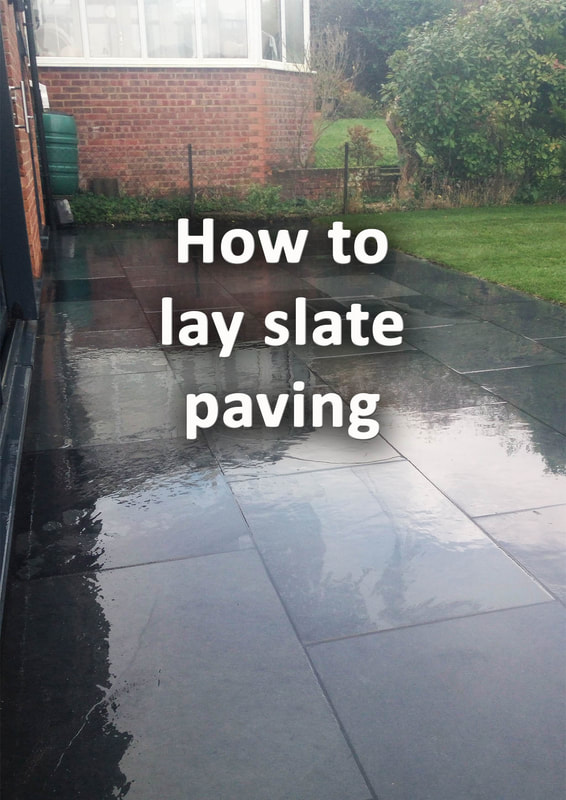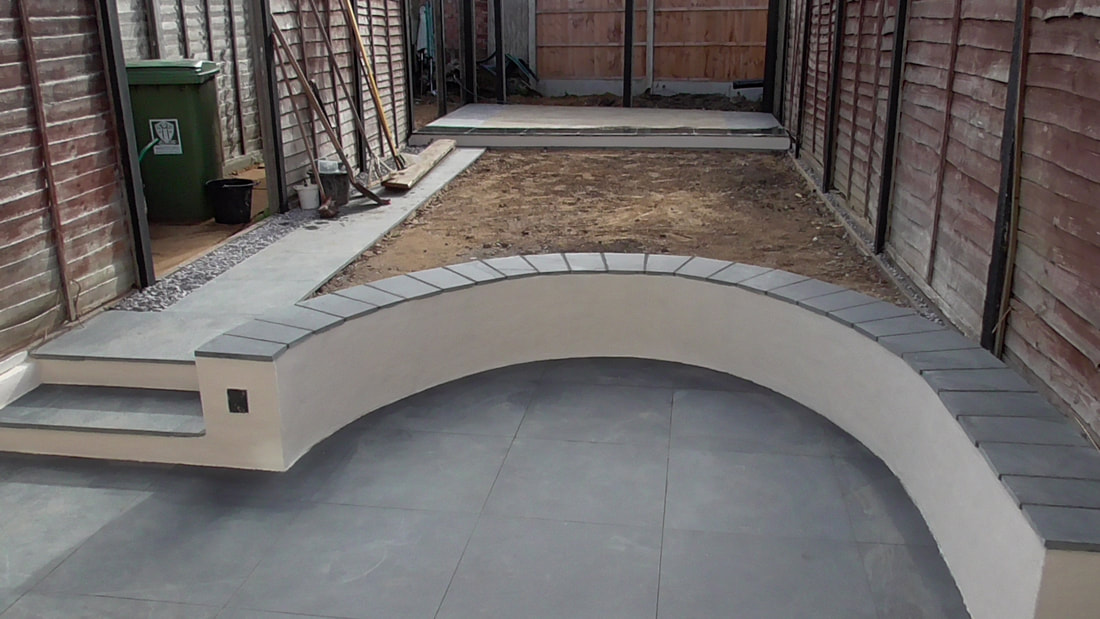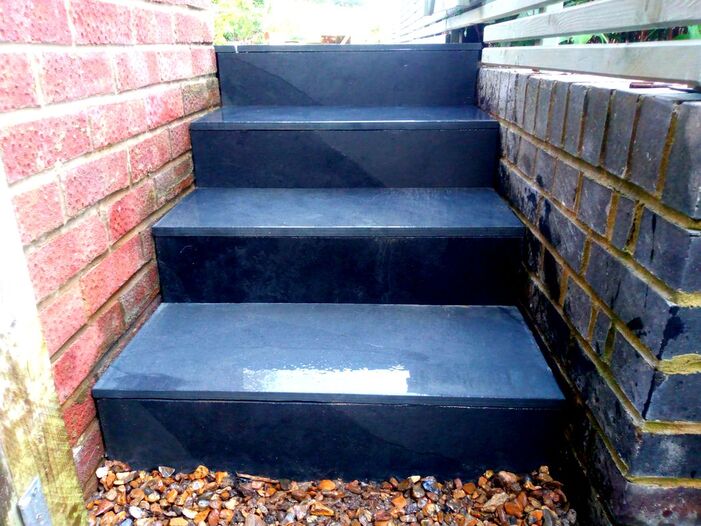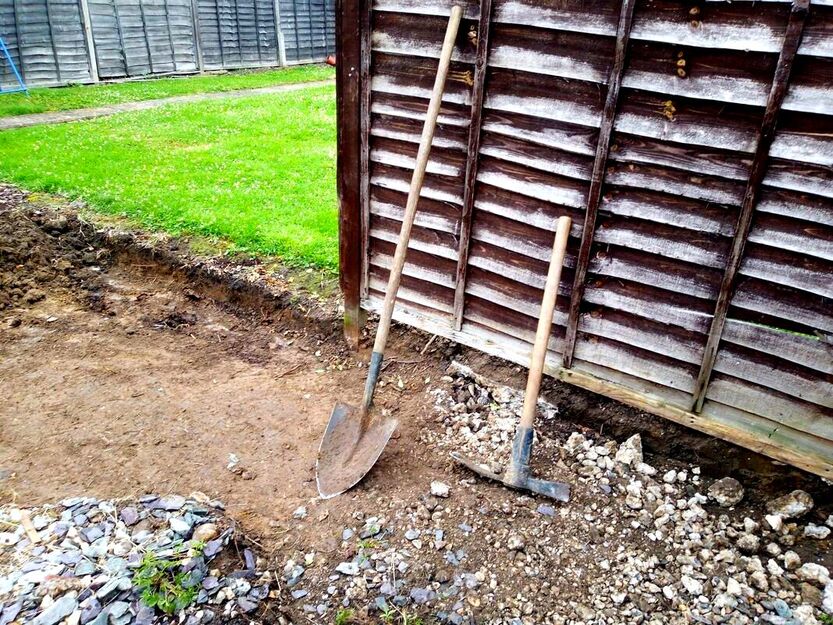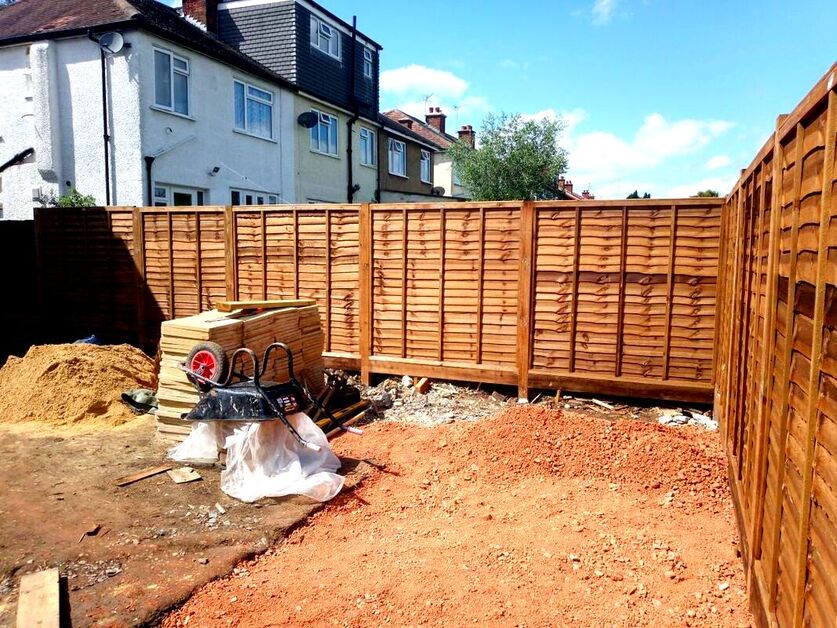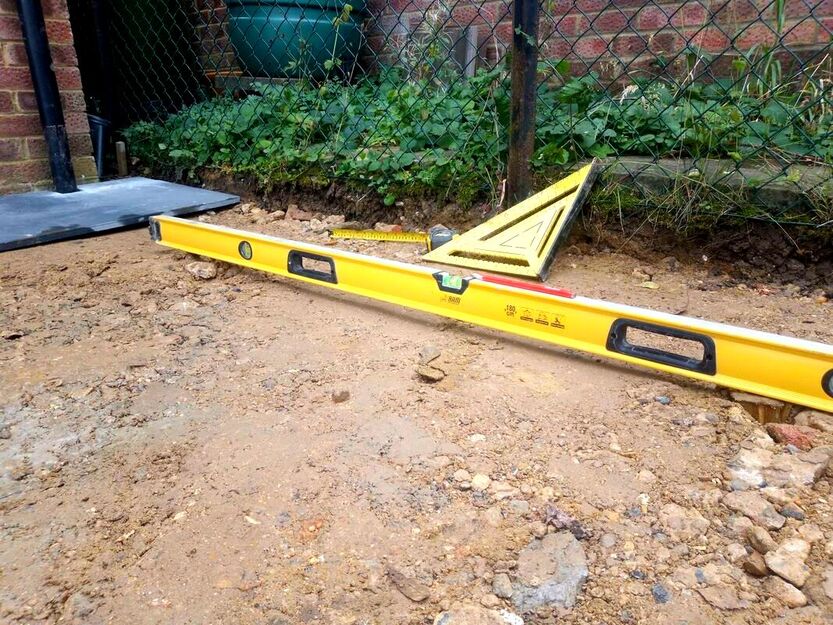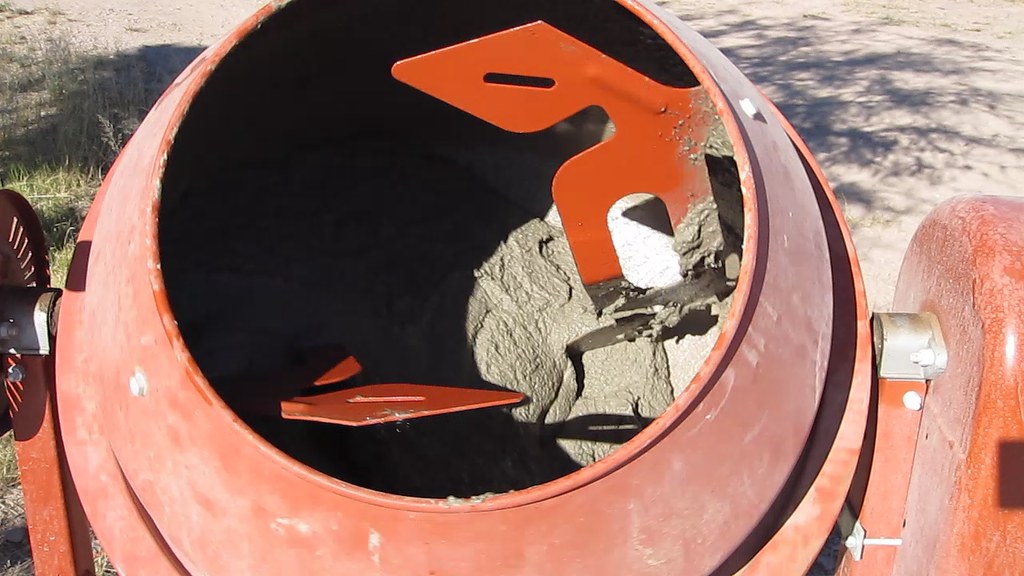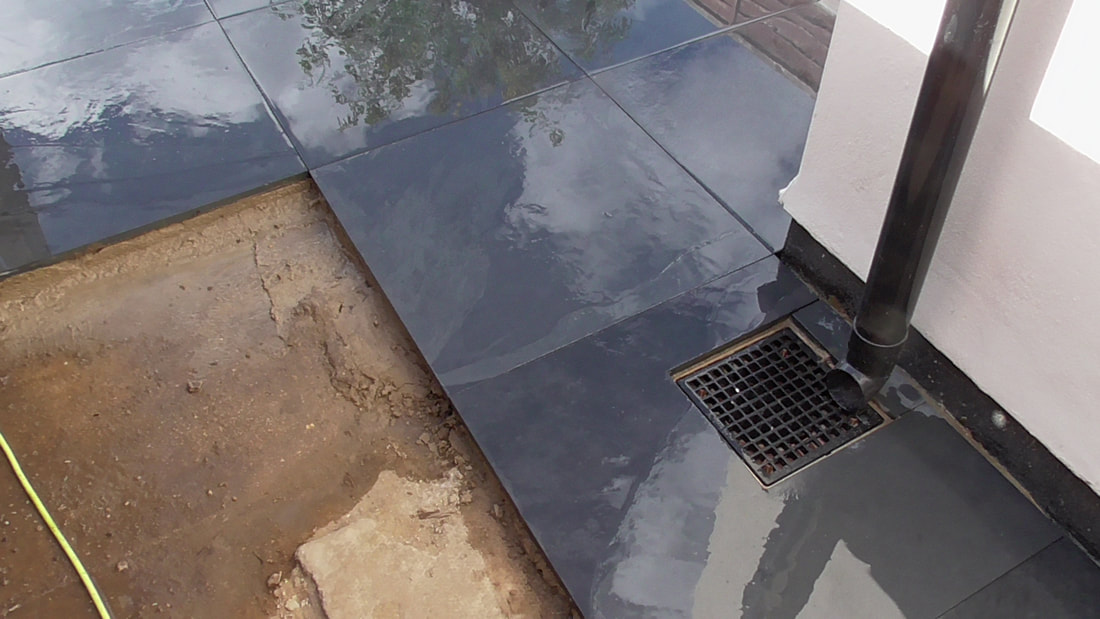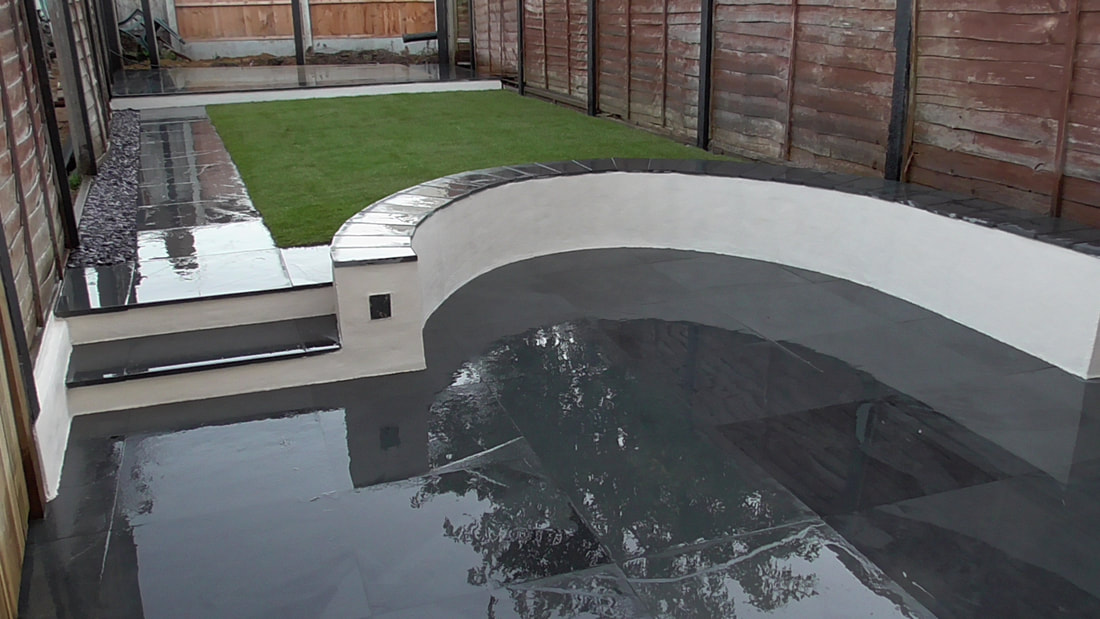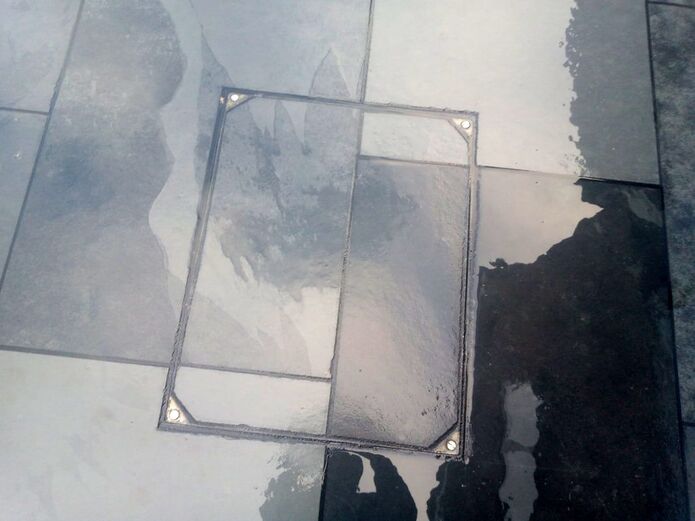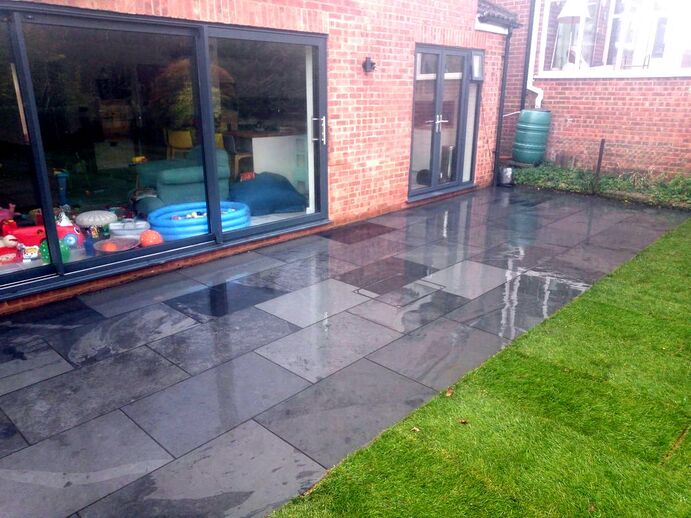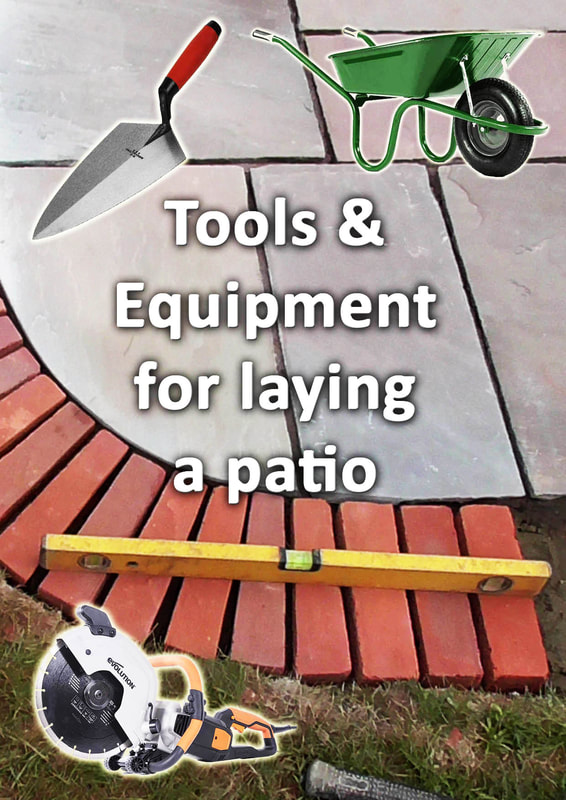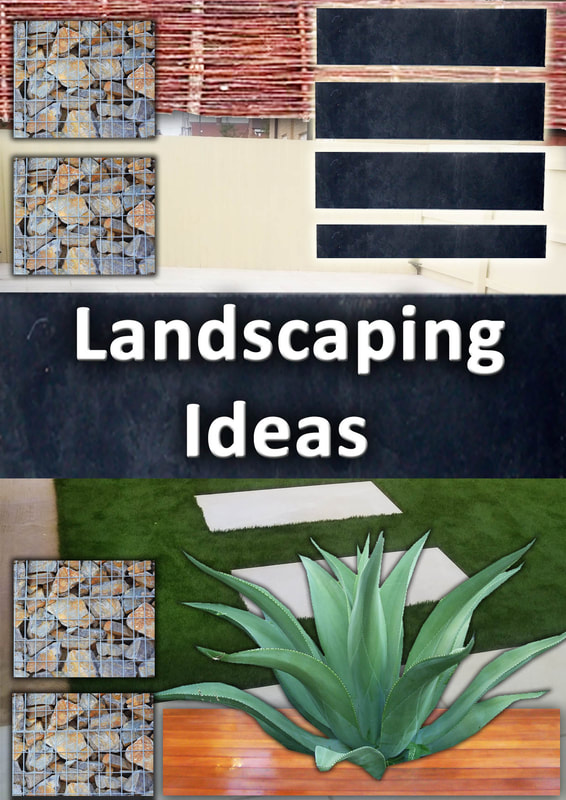|
This article contains affiliate links
Slate is a beautiful natural stone which is extremely popular for paving tiling and cladding. It comes in a variety of colour tones including, green, blue, grey and black.
Its popularity has seen it used frequently in both home and garden. Slate has a natural ability to span a whole range of design styles and themes. Popular in contemporary and moderns landscaping slate is also just at home in more traditional gardens.
Formed from compressed shale stone via geological metamorphic process, slate is both strong and durable.
The dense composition of slate makes it impervious to water penetration. This makes it an ideal paving material for outdoor patios. However the question is often asked how you do lay slate paving? Is there any specific methods or considerations you should be aware of for laying slate paving? Excavation
As with all paving materials slate needs a secure base to be built on top of. This is to prevent future cracking due to ground movement. Slate is typically sold at a thickness of around 20mm, therefore an excavation of 160mm is generally satisfactory. This allows for a build up of;
The excavation should be a neat and consistent as possible with a flat bottom and square sides. There should be no loose soil material left inside the excavation whatsoever.
Make sure you do not dig too deep as you will need to buy in more materials to fill up the base. Make sure you peg out your finished level before you dig. This way you can check you are excavating at the correct depth as you go. String lines are also effective for working to an even gradient. Excavated soil can be removed from site via a skip. Base
The most conventional method of installing a base for paving is using mot type 1. This is a crushed aggregate which is evenly graded from around 40mm down to dust. Type 1 can be produced from a few materials but the most common is made from crushed granite.
The angular particles when compacted lock tightly into a rock hard surface. Make sure you spread the loose type 1 as evenly as possible for a consistent laying bed.
The best way to get your mot base at the correct level is to peg out the mot level. This way you can level the aggregate out to the top of the pegs. This will ensure no dips or bellies in the sub base.
Make sure the type 1 is spread a cm higher than the top of the pegs. This is because it will settle lower when compacted with a vibro compaction plate.
When your 100mm layer of type 1 sub base is level, compact it well with the compaction plate. If the aggregate is dry wet it down with a hose first. This will lubricate the aggregates particles and form a harder and more compact base. Do you need a concrete base for slate paving?
You do not necessarily need a concrete base to lay slate paving. A minimum 100mm depth of well compacted type 1 is more than adequate. However due to slates dense and impervious nature it does not absorb much moisture from mortar mixes. This can make it trickier to lay especially on thick mortar beds. Therefore if you have the time and the budget, a level, concrete, screed makes an even better base. This enables you to get the base levels perfect while providing an extra strong sub-base. You will also find that slate becomes easier to lay with a thinner mortar joint. Preparation
When laying slate or any patio for that matter preparation is very important. Laying paving is about consistency and preparation, there is nothing worse than having to lift up your work. Before you start laying make sure you have everything nearby and to hand. Check your sub base to make sure it is as level and consistent as possible. Lay your first few slabs with caution and lay to a string line to get the opening levels perfect. Mortar mix for laying slate paving
There is no documented or standard mortar mix for laying slate paving. However from personal experience I have formulated my own. Slate due to its smooth and impervious surface can have trouble bonding to mortar. Therefore it is beneficial to form a mix which is more sticky than usual. The first way to do this is by making the mortar more workable. This can be done by adding plasticiser. Plasticiser will also help to create a suction layer between the mortar and the slate. The mix should be dry enough to prohibit water discharge during laying. However it should also be wet enough to form a suction seal with the paving.
The second way to make the mortar stickier is by adding PVA adhesive. Add a couple of golf ball sized blobs to every bucket of water which fills the mix.
Make sure the PVA is completely dissolved into the water before adding to the mix. This can be done by stirring briskly. The third additive to the mortar mix is some soft or builders sand. Typically sharp or course sand is used for laying paving. However by using one third soft sand just gives the mix a denser and stickier consistency. Therefore the mix ratio should be 1 part cement, 1 part soft sand and 3 parts sharp sand (1:4). Can you lay slate over old concrete?
You can lay slate over old concrete as long as it has no large cracks or visible signs of movement. If there is serious fragmentation or subsidence the new paving could fail. For more specific information on paving on top of concrete visit our article here. Do you have to have a joint between slate paving slabs?
It really depends on the type of slate paving you are laying. If the slate is cut with a neat edge and all the slabs are exactly the same size then yes. In this case the slate can be butted up tightly together and sanded. However to avoid weeds you must make sure the slabs are bedded on a uniform mortar bed. This means a continuous mortar layer of which every part of the slab has contact. No dobbing! However if your paving is different sizes and has chamfered edges it is best to incorporate mortar joints. Grout mix for slate paving
There are many jointing products on the market today for external patios all of which are effective. I recommend Easy joint which is quick and easy to install. However, if you want to stick to conventional methods sand and cement is fine. I mix 3 parts plastering sand to 1 part cement and mix dry until a uniform colour. At this point you can add cement dyes for any particular colour.
It is always advised to set a test mortar first the day before. This way you can check the final colour of the jointing before you commit.
Add small amounts of water and only enough so you can form a ball in your hand. If the mix is too moist it can smear and stain the paving. The grout should be just moist enough to make a sealed finish. This can be done with an old hose or jointing iron. Should you seal a slate patio?
Due to slates density and impervious qualities it does not have to be sealed. However sealants can provide further protection against staining and enhance natural colours. Slate looks much better when wet, therefore a good quality ‘wet look’ sealant can be very effective. I recommend StoneCare4u Wet look sealer for slate paving.
Thank you for reading our article on how to lay slate paving! If you require help with laying a slate patio why not contact me here. Alternatively if you are laying it yourself visit our paving resource and equipment article here.
For fun I will leave a video of myself laying a slate patio project!
'As an Amazon associate I earn from qualifying purchases'
1 Comment
Timothy Parker
7/8/2023 03:15:44 pm
I wondered why I couldn't get my slate slabs to stick. Thanks for the information.
Reply
Leave a Reply. |
The Author
|
Landscaping services across Buckinghamshire, Amersham, Aylesbury & High Wycombe
Hyde Heath, Amersham, Buckinghamshire |
|
